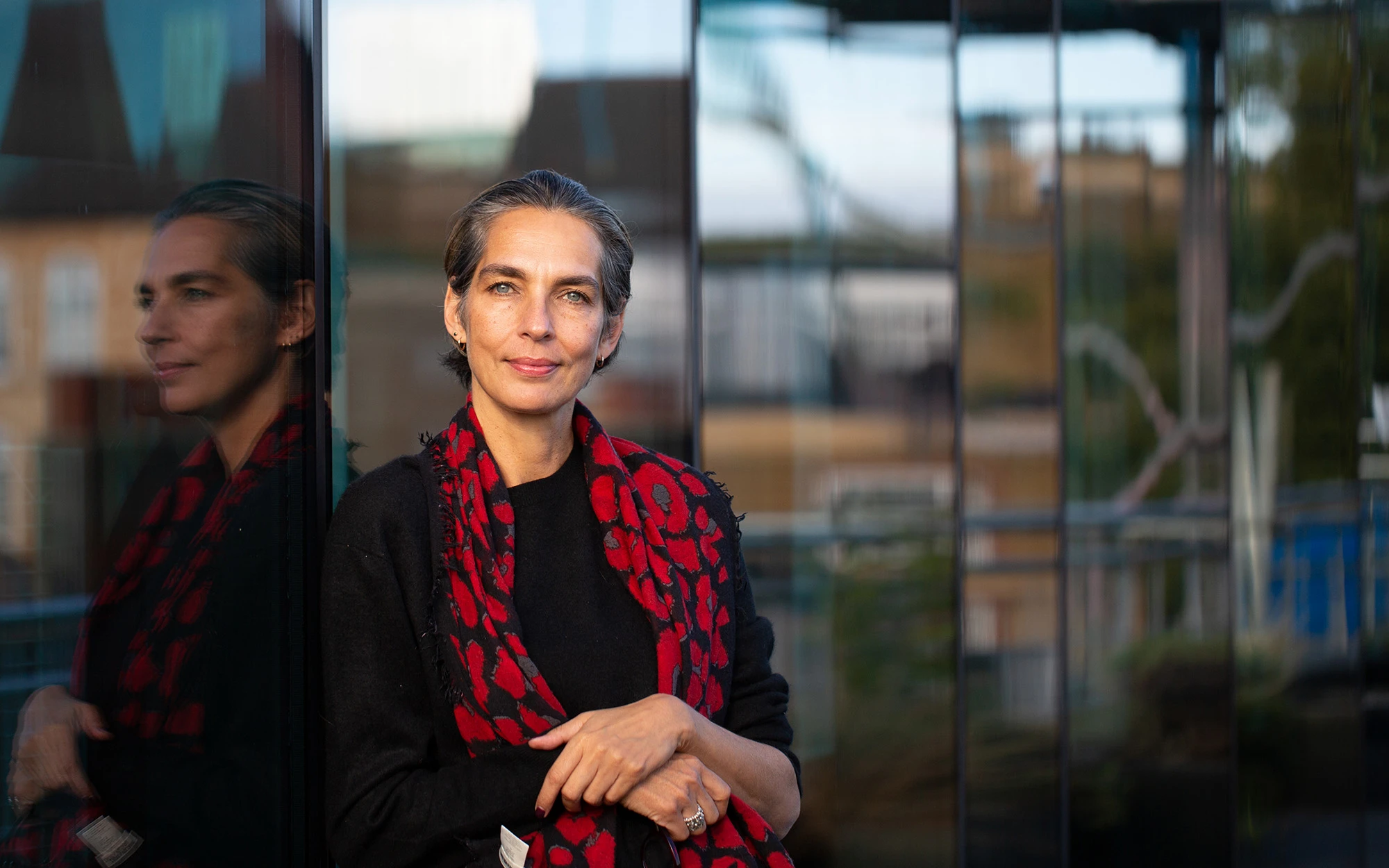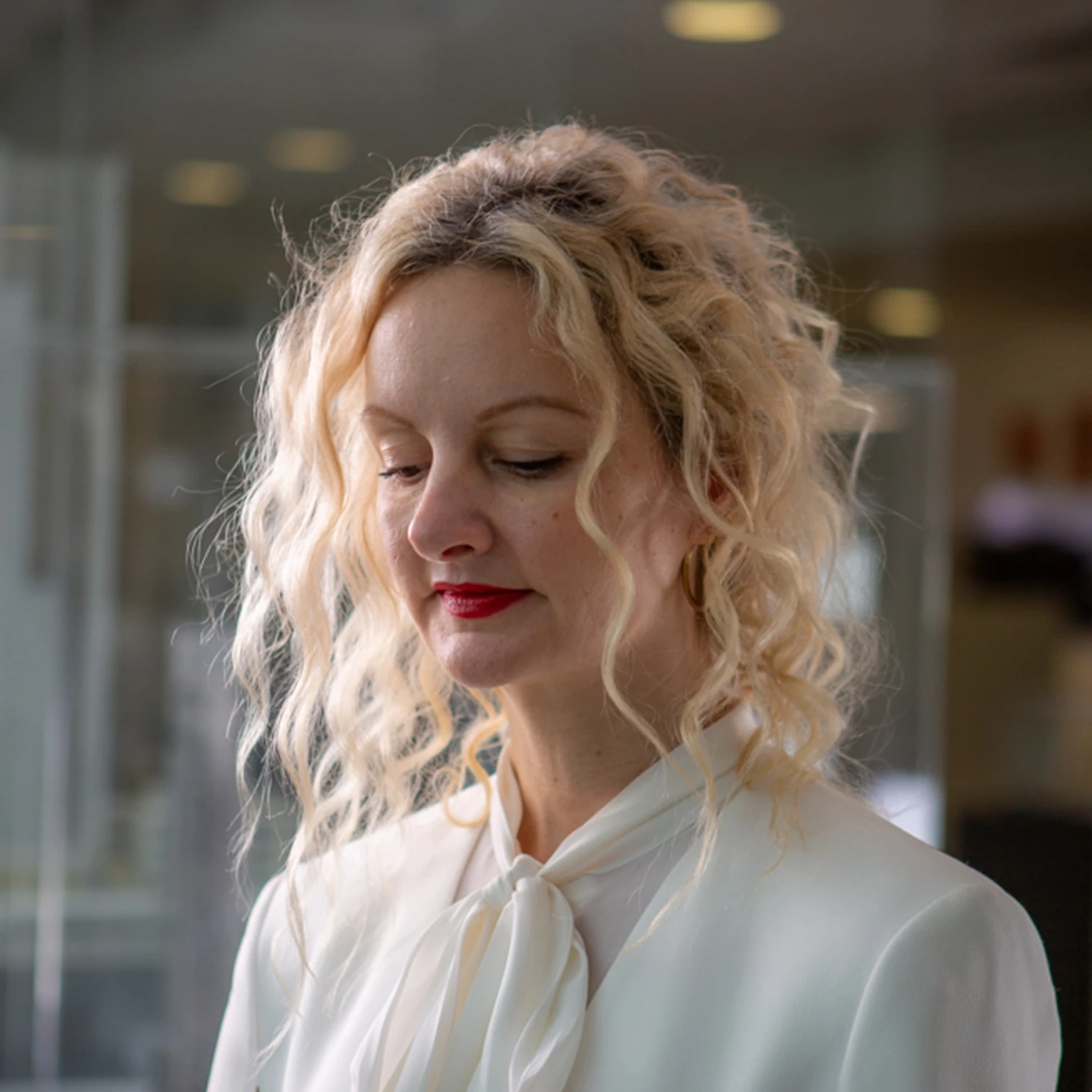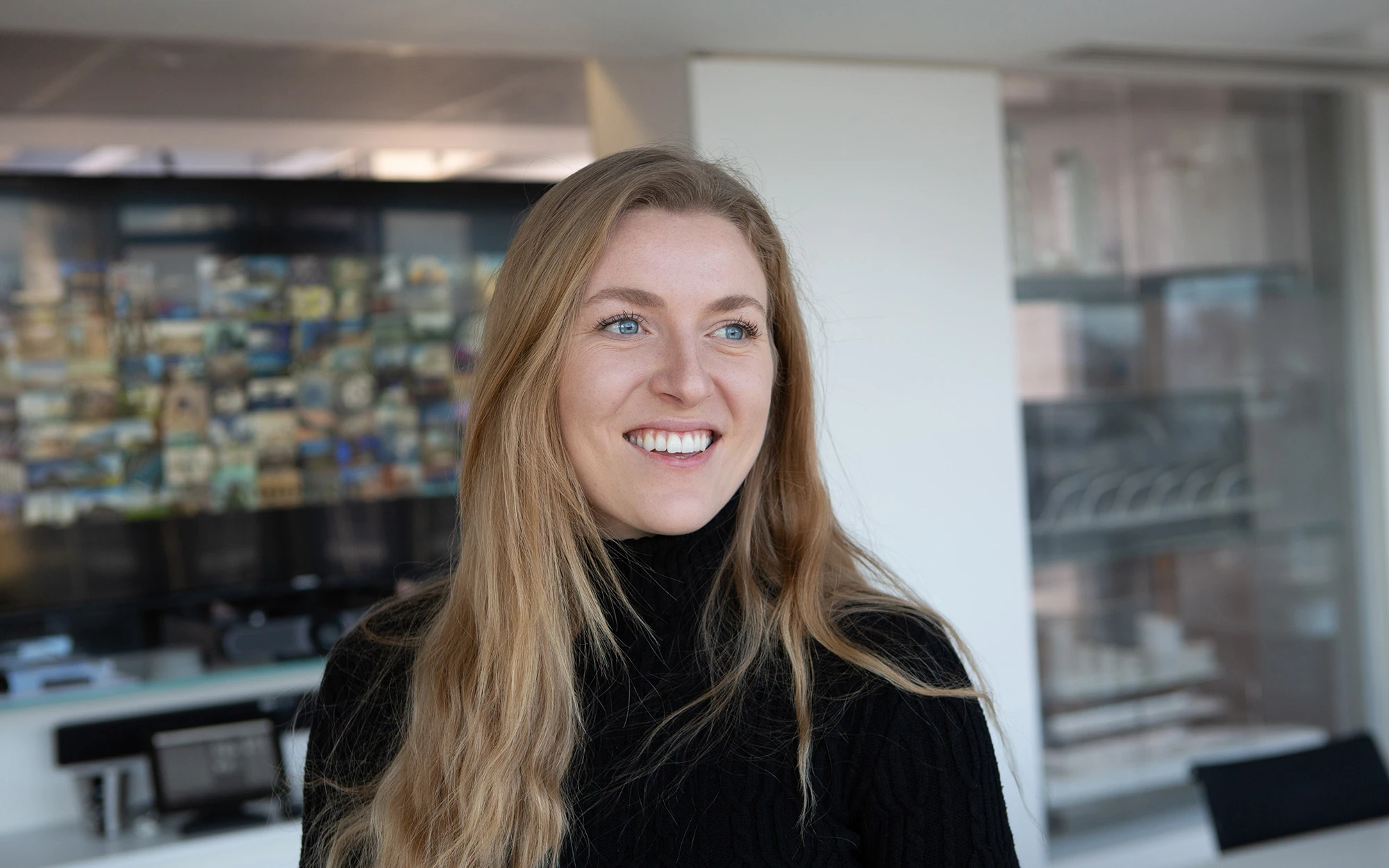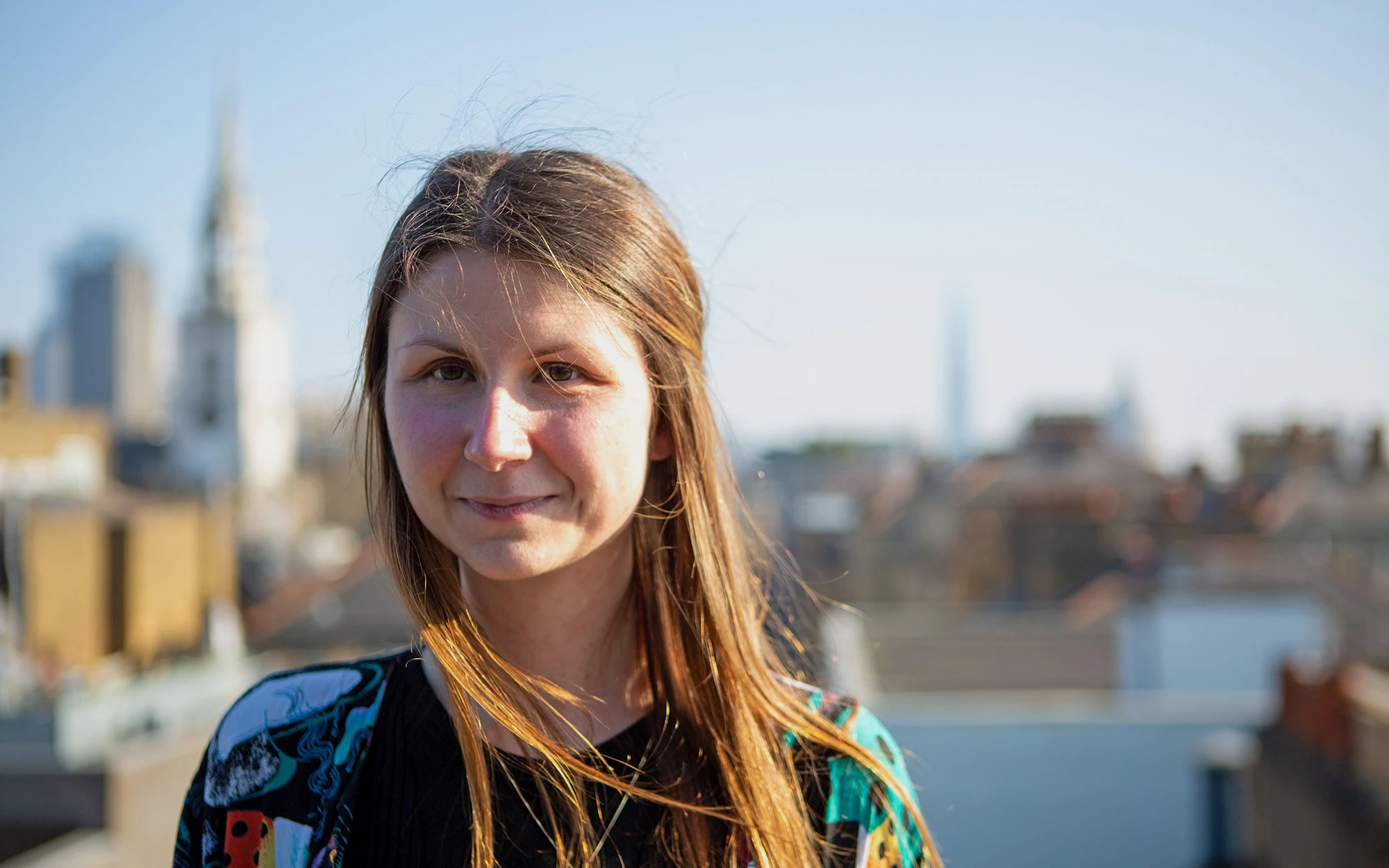Women in Architecture Part 1
This March we are sharing the stories of six female team members
In honour of International Women’s Day, we are highlighting the journeys of six female team members who represent different roles and career stages at WilkinsonEyre. They will be sharing their honest experiences as women working in the industry, advice for future generations and their thoughts on this year's IWD theme #breakthebias.
Yasmin Al-Ani Spence, Director
How did you start working in this industry?
I was brought up in the middle east surrounded by beautiful buildings. Architecture was an early influence but growing up I didn’t know exactly what I wanted to do. I knew I wanted to pursue the arts, I considered graphic design and industrial design, but I thought why not go for the big picture.
How did you find your voice when first starting your career?
Strangely enough, I never had a problem finding my own voice – I just had one. When I started out studying architecture there were as many women as there were men, especially at the AA where there were a lot of female tutors. I always felt women were represented.
When I started working it was similar, my luck was that I spoke German. It was just after the Berlin wall went down and everyone needed German speakers. I found myself getting more responsibilities and worked for years on various projects with female team leads.
Tell us about your experiences working in a male-dominated industry?
I was very fortunate that despite the reputation the built environment has as being male-dominated, I didn’t often share that experience. In my early career, I was rarely the only woman.
How did you think the industry can change to break the bias towards women?
Everyone must accept that they have a bias in them – we all do. It’s not always a bad thing, we have it for safety and security, it’s a human instinct. But we need to have self-awareness and challenge ourselves to ask if that bias is correct.
What advice do you have for women interested in a career in architecture?
Go for it – be confident and ask questions along the way. Don’t be afraid, there is no reason you won’t succeed.
Each woman who participated in an interview was asked to select a women's charity that WilkinsonEyre will make a contribution to - who did you select and why?
I’ve selected Unicef. My father worked for them, and I’ve first-hand seen the work that they do, especially with women and children. Women are still carrying the bulk of family responsibilities and when you talk about breaking the bias, I feel it all starts with children.
Leah Nicholls, Practice Director
How did you first start working in architecture?
To be honest, was just something I fell into it. I have an arts background and before this, I worked at the Barbican, V&A, and the Royal Festival Hall.
Can you tell me about a career challenge you’ve faced as a woman?
I remember early in my career 25 years ago before the #metoo movement, there were awful things happening to women in the workplace. When I moved to London and was working in my first permanent role, there was a man in his 60s who was a trustee. He cornered me in a galley kitchen, blocked the only exit and told me he was going to take me out for a lunch date. This made me feel very uncomfortable. I was the PA to the managing director, and I told her what had happened. Instead of dealing with the issue directly, her plan to manage the situation was to send me on useless errands whenever this man visited the office. Back then I didn’t feel like I had a voice, I was led to believe this behaviour was too difficult to face up to and avoidance was the best route.
Do you have any advice for women just starting their careers?
I always tell my junior staff that you aren’t born a professional, you learn to become one. It takes time and experience to find your voice and understand how best to communicate to different types of people. I’ve personally found that men and women have different communications styles, one isn’t better than the other, they’re just different. As a very generalised example, if a man wanted a promotion, he would use his words to directly communicate that to the decision-makers. Whereas a woman would communicate it with her actions and expect her managers to be aware of the effort she has put in. Women would benefit from asking directly for what they want, especially when it comes to money or promotions.
How do you think women can work to break the bias in the architectural industry?
It needs to start with education. It’s easy to say that architecture is a male-dominated industry, but I’ve seen so much positive change with more and more of our Part 1’s being female. I think these days there is more socioeconomic bias than gender bias in architecture. It’s still a career path where many come from privileged upbringings and the cost to attend university is unpalatable for so many people. Trying to navigate your way around that is quite difficult as you need to have a professional qualification. For someone who doesn’t have those means, they won’t know that architecture was even a route for them.
What charity did you select and why?
I picked Solace Women’s Aid. It’s a local charity based in Islington supporting women and children experiencing abuse and violence. While I’ve personally not been in this situation, I imagine it’s incredibly frightening to live with this fear.



